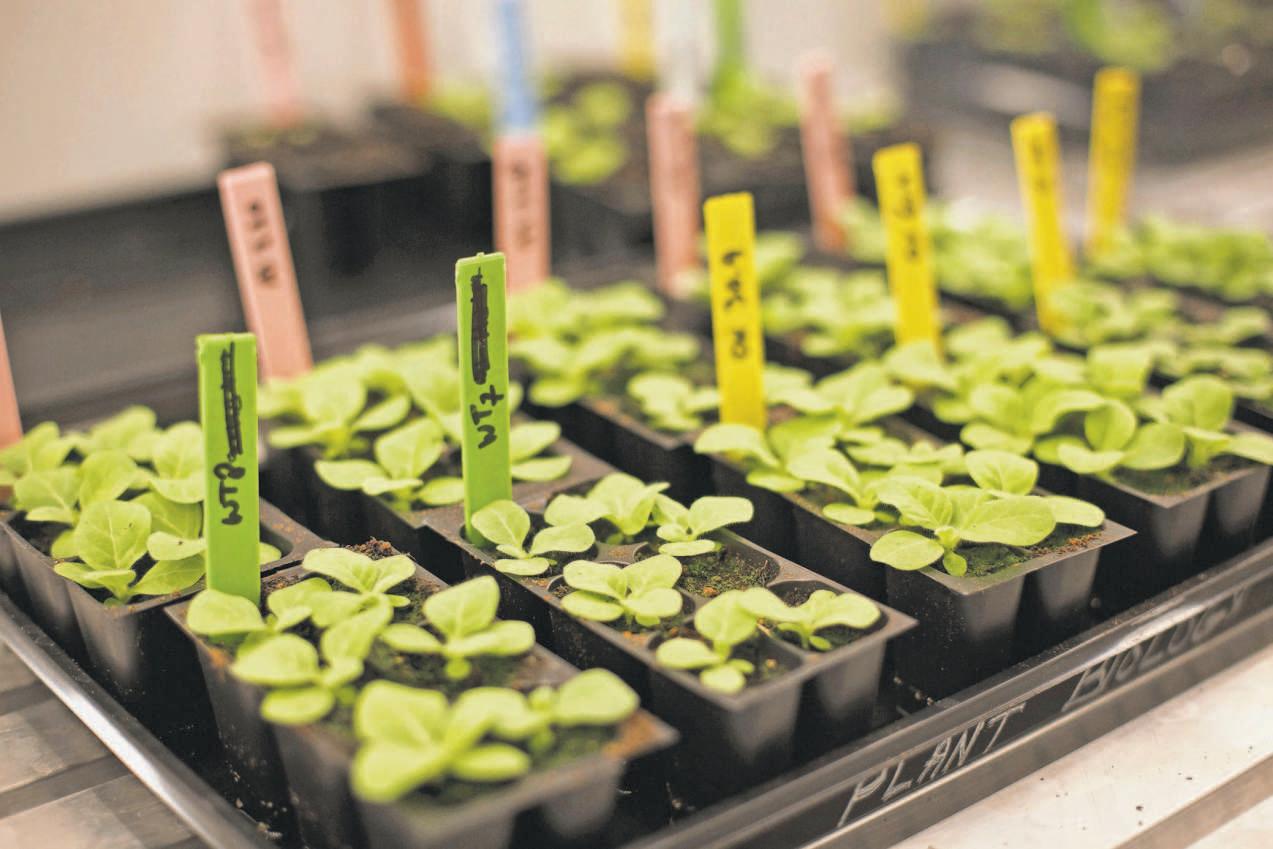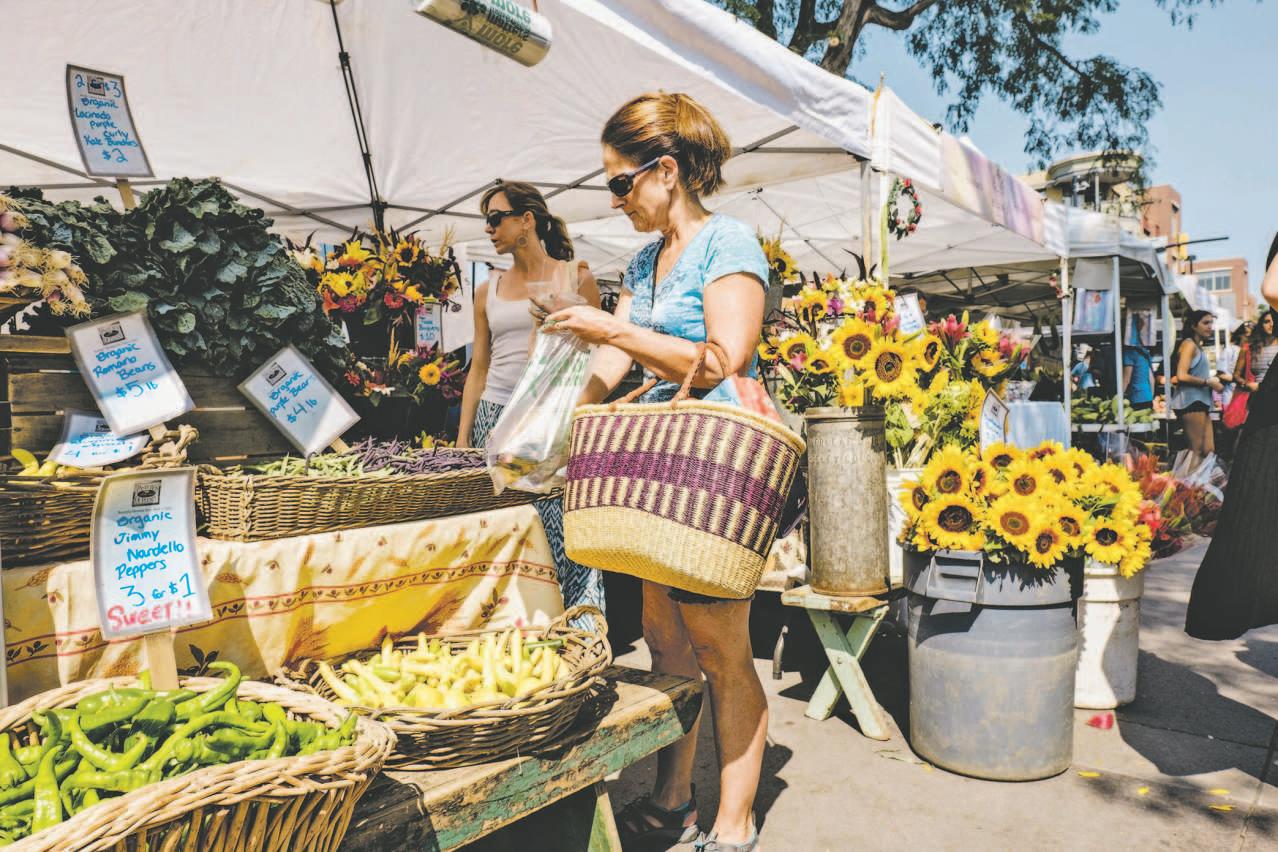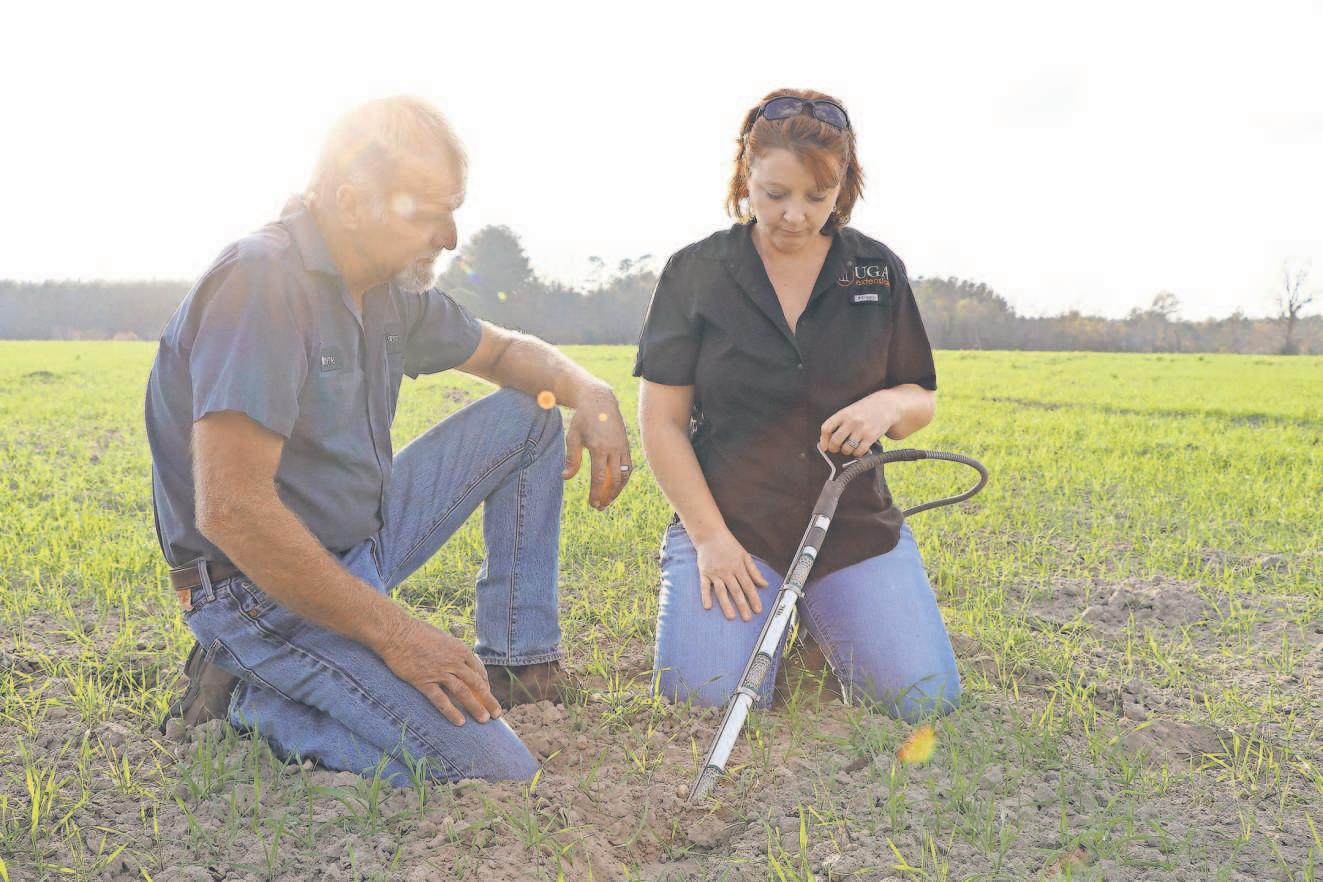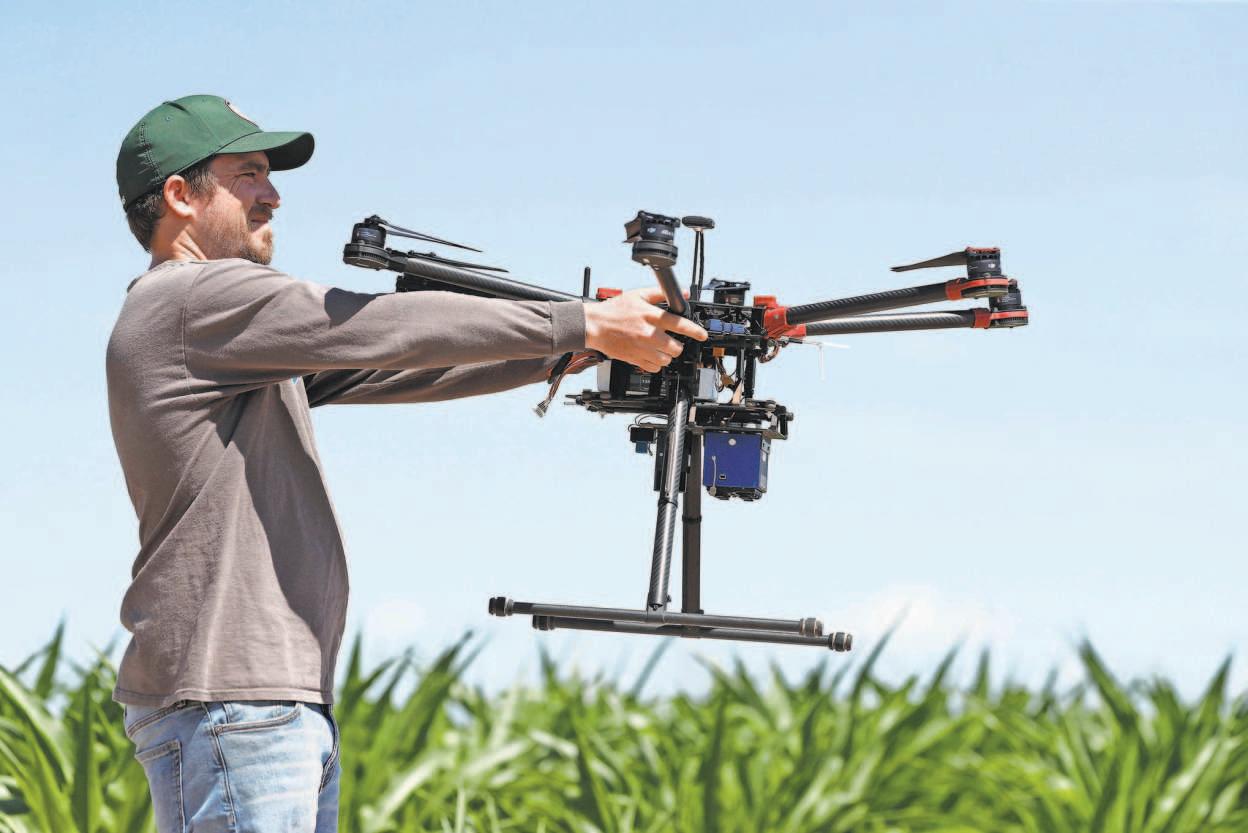54
USA TODAY SPECIAL EDITION
TECHNOLOGY
JAMES PENDLETON/USDA RURAL DEVELOPMENT
A worker strings lines for broadband for Southwest Arkansas Telephone Cooperative, near Texarkana, Ark.
Connecting the Country Program helps deliver broadband to rural America
By Patricia Kime
W
HEN CABLE, DIGITAL AND fiber-optic lines
began replacing dial-up internet access to homes and businesses across the country earlier this century, residents of Mecklenburg, Va., and neighboring counties patiently waited for Comcast, Verizon or another provider to bring service to their communities. But it never happened. And 20 years later, this remote region between Richmond, Va., and Raleigh, N.C., remains a high-speed internet desert. Households
and farms struggle to connect, often relying on cellular hotspots or satellite connections that come with data limits, buffering problems and unreliability. “You hear those stories that our kids have to go to the library where there is broadband or a fast-food restaurant to complete homework, downloading files in parking lots (when the places are closed). It’s true,” said David Lipscomb, vice president of member and energy services at Mecklenburg Electric Cooperative (MEC) in Chase City, Va. Seeing the digital revolution pass by CONTI NUED














